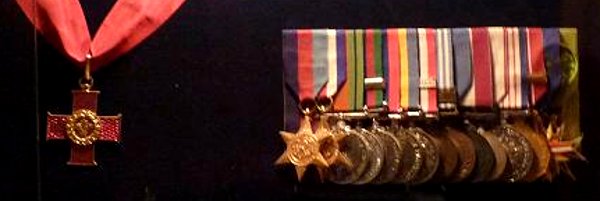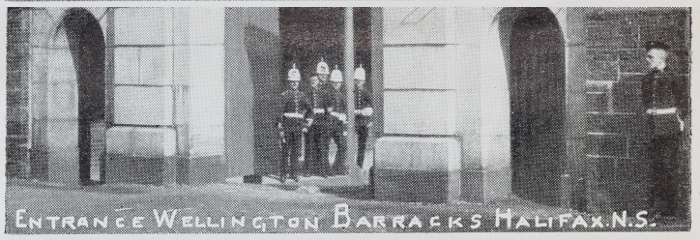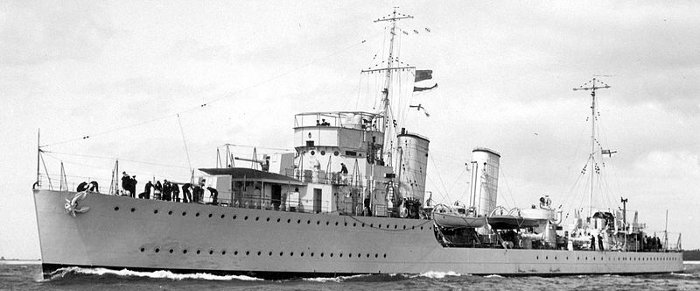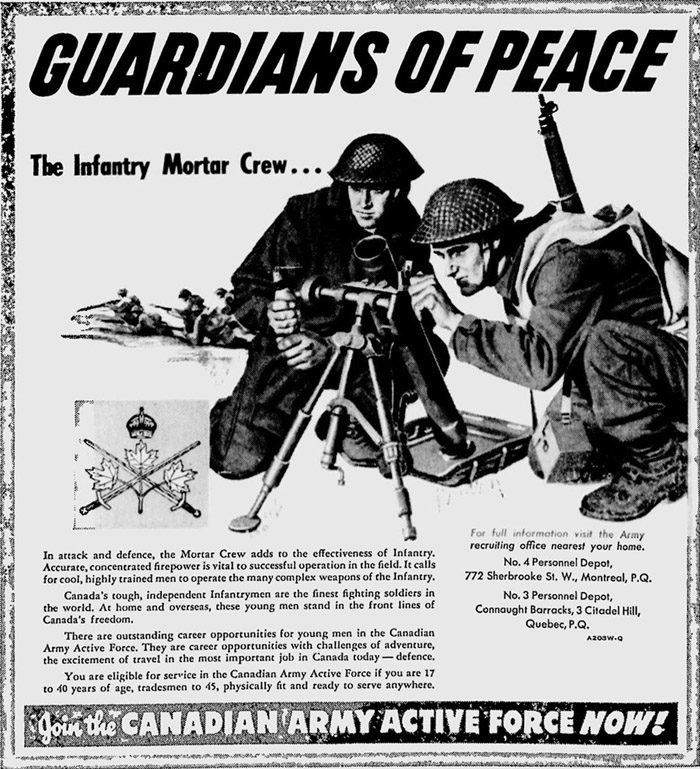Topic: Canadian Militia
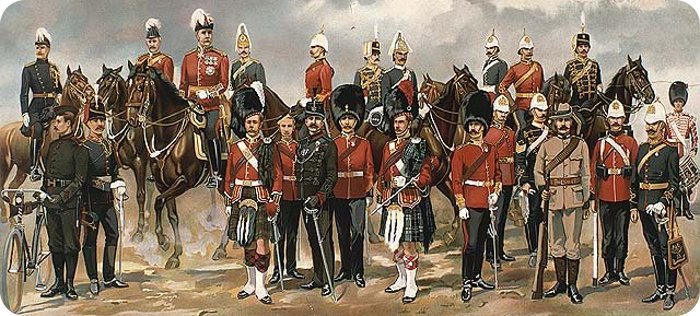
Canadian Militia Reform
Boston Evening Transcript 10 May 1911
Scheme to Make it More Efficient
Outline Proposed by Sir John French Followed
6 Infantry Divisions, 4 Cavalry Brigades
Thirty-Four Additional Companies of Field Artillery
Ottawa, May 10.—The Minister of Militia has made a statement in regard to the action which the department proposes to take for carrying out the recommendations of Sir John French. He began by a brief reference to the spirit in which the British inspector general made his inspection of the Canadian militia.
"Sir John French," he said, "as a professional soldier looks on soldiers from the point of view of efficiency as armed troops on duty. He was naturally disappointed, as far as the Canadian militia was supposed to represent a force of that kind. We know that the Canadian militia has never been a force ready for war. That has not been the principal idea in its organization. Only in the last four or five years has such an idea been suggested. The business of the Canadian militia has been to assist the British army when difficulties occur in Canada. The British Government until recently kept the nucleus of an army at Halifax and Esquimalt."
Sir Frederick also distributed to the members a statement in which he further made reference to the report of Sir John French. This memorandum open by stating:
"The recommendations of Sir John French can be classed as coming under two main heads, viz.:
(a) changes in organization, and
(b) improved methods of training and education.
"The militia in Eastern Canada will, as recommended, be organized as cavalry brigades and infantry divisions. The ten military districts will form six divisional areas, each of which will furnish one division, and, collectively, four cavalry brigades. This reorganization can be effected with practically no dislocation of the existing system, as each divisional command will include one of more of the present military districts. The result of this change will be to place under each divisional commander the troops to form the division he would command on mobilization, and tend to associate, during training, the units which would work together as a division in the field."
The memorandum goes on to point out that there are not at present a sufficient number of units to fully form the six infantry divisions, and that before they can be made complete the following will have to be raised:
- 34 batteries of field artillery;
- 10 howitzer batteries;
- one heavy battery and ammunition column,
- 6 divisional ammunition columns,
- 7 field companies of engineers,
- one telegraph detachment,
- 13 companies of Army Service Corps, and
- four field ambulance units.
Similarly, to complete the four cavalry brigades, it will be necessary to raise:
- one regiment of cavalry,
- one battery of field artillery,
- three field troops of engineers, and
- one company of Army Service Corps.
"It is not proposed," the memorandum continues, "to proceed in the work of completing the divisions and cavalry brigades any faster than the usual votes will permit. A continuance of the vote of $1,300,000, which has been granted since 1903-4, will be asked, and out of this money the required guns, ammunition and equipment will be purchased. To complete payment of the orders already given for rearming the existing batteries of field artillery with modern guns and for other needs, the entire amount for this vote for 1911-12 will be required, consequently no outlay for the proposed new units can be made before 1912-13. About seven years will be required to fully complete the organization on this plan.
"Of equal, if not of greater, importance than the subject of organization is that of training and education. There is an increasing demand on the part of officers of the militia for instruction and education, which cannot, at present be satisfactorily met. The training and efficiency of militia officers is the first essential for the efficiency of the force itself, and the teaching can only be supplied by obtaining highly qualified men as proposed above. Their duties include lectures and theoretical instructions; supervision, under their divisional commanders of all field training, musketry, signalling and camp training."
The House of Commons put through without discussion the items of $1,325,000 for annual drill and $110,000 for allowances, with the understanding that the general condition of the militia and selection of the Coronation contingent will be discussed later.




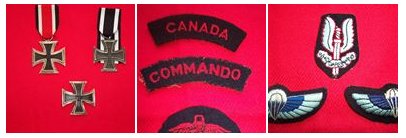
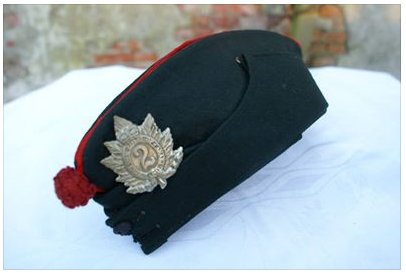
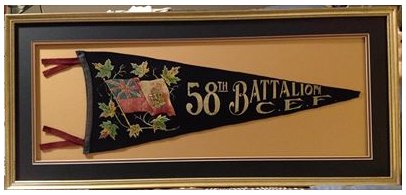
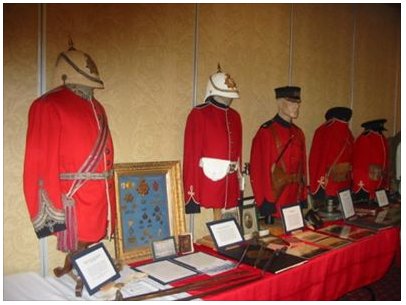
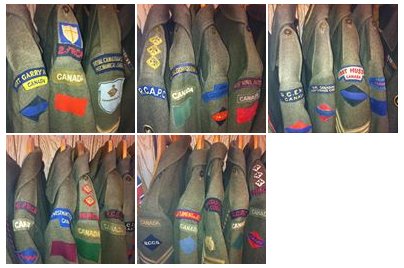
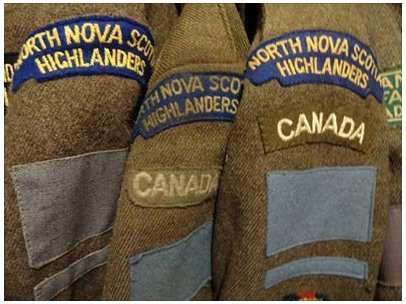
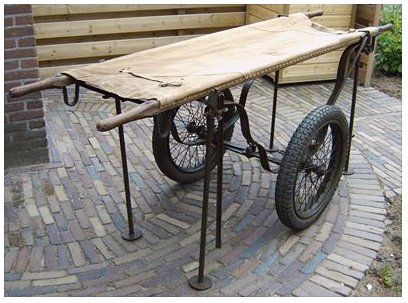
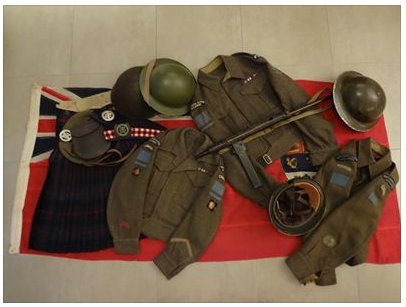
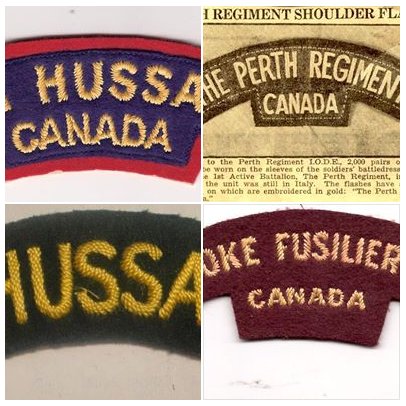

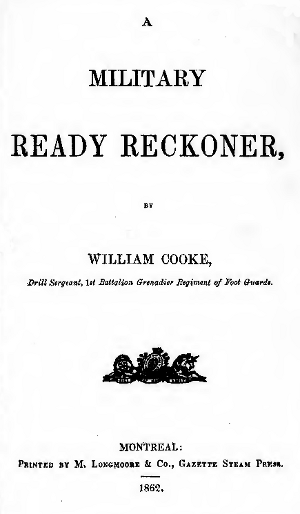



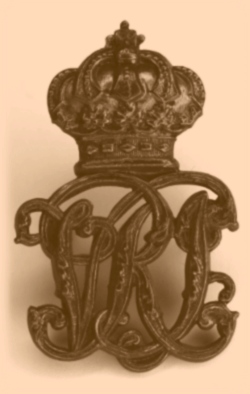 London, Nov. 18—
London, Nov. 18—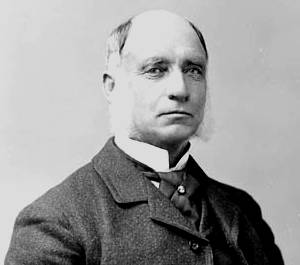 Yours, etc.,
Yours, etc.,


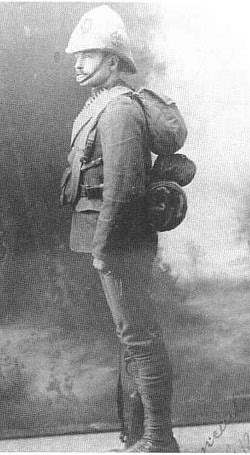
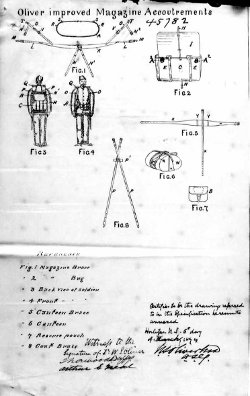

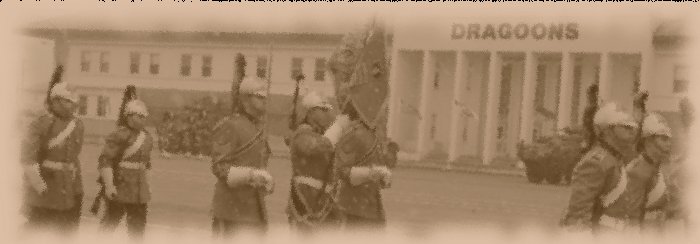
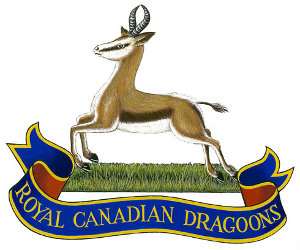 These were the questions I asked
These were the questions I asked 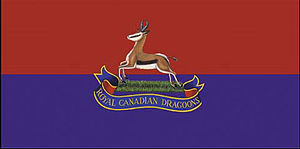 Back came the mugs. And lo and behold there was one suitably engraves for " Lt. J.G. Smithers." The joke was on someone. But it was too good to let it pass. And so the mug of Lt. Smithers remains behind the bar with the rest. And each visitor gets to have drink from this tankard first of all whether it is milk or something a little more appealing. He hears the story of how the officers presented the mugs and a little about each officer. Sooner or later he is bound to ask about the officer whose tankard he has borrowed. And it is then that he hears the story of Lt. J.G. Smithers, the ghost officer of the Royal Canadian Dragoons who never served, who never will be, and who really doesn't exist, yet is a tradition in the regiment.
Back came the mugs. And lo and behold there was one suitably engraves for " Lt. J.G. Smithers." The joke was on someone. But it was too good to let it pass. And so the mug of Lt. Smithers remains behind the bar with the rest. And each visitor gets to have drink from this tankard first of all whether it is milk or something a little more appealing. He hears the story of how the officers presented the mugs and a little about each officer. Sooner or later he is bound to ask about the officer whose tankard he has borrowed. And it is then that he hears the story of Lt. J.G. Smithers, the ghost officer of the Royal Canadian Dragoons who never served, who never will be, and who really doesn't exist, yet is a tradition in the regiment.
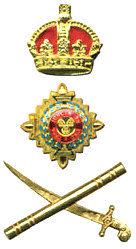 3. Metal Badges of Rank—Officers
3. Metal Badges of Rank—Officers
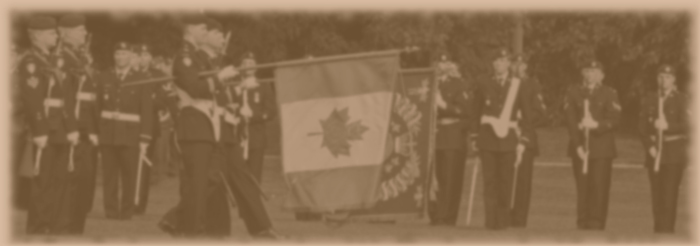
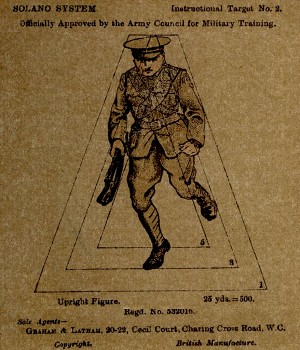
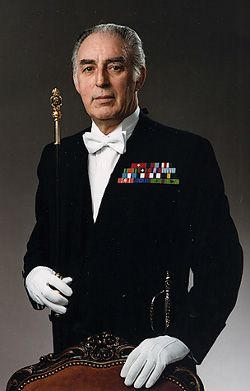

 Canadian Bravery Decorations
Canadian Bravery Decorations